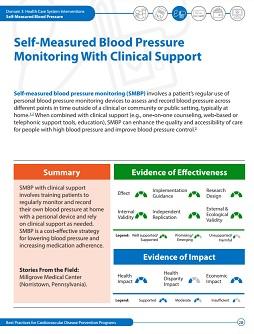| The following article is part of The Clinical Advisor’s coverage from the 2018 American Association of Nurse Practitioners’ annual meetingin Denver. Our staff will be reporting live on original research, case studies, and professional outreach and advocacy news from leading NPs in various therapeutic areas. Check back for ongoing updates from AANP 2018. |
DENVER — Assessing the accuracy and quality of home blood pressure monitoring systems will help nurse practitioners to guide treatment provided outside clinical practice environments, according to research presented at the American Association of Nurse Practitioners (AANP) 2018 National Conference.
Nagulinie Shukla, NP, CCRP, and Kristen Stebbins, MSPH, RN, CCRP, from Welch Allyn, Inc., conducted an observational study to assess the quality and accuracy of readings provided by a sampling of home blood pressure monitors. Three home blood pressure devices were analyzed in the presence and absence of motion: the Omron BP 786, A&D UA-767, and Welch Allyn Home Blood Pressure Monitor (RPM); readings from the Professional Welch Allyn Connex® Spot Monitor (CSM) were included for comparison.

Continue Reading
A total of 77 individuals completed the study; the researchers identified 513 no-motion and 308 motion readings. Accuracy of readings, number of readings conducted without error, and time to completion of reading were recorded. Approximately 63% of A&D and Omron reading results and 3% and 11% of RPM and CSM results, respectively, were erroneous and were omitted.
The Omron and A&D devices completed readings in the setting of no-motion in approximately 40 seconds, whereas the RPM and CSM devices completed readings under no-motion conditions in 20 seconds. For motion readings, the RPM, Omron, and A&D devices required between 40 and 50 seconds to complete readings; the CSM completed readings under motion in approximately 60 seconds. Comparison of average motion with no-motion readings yielded the following mean and standard deviations: for systolic measurements, A&D -2.5 ± 21.4 mm Hg; CSM -0.8 ± 5.7 mm Hg; Omron 2.5 ± 13.4 mm Hg; and RPM 1.2 ± 5.3; and for diastolic measurements, A&D 4.3 ± 17.2 mm Hg; CSM -1.2 ± 6.5 mm Hg; Omron 5.9 ± 16.7 mm Hg; and RPM 0.1 ± 6.0 mm Hg.
“More chronic diseases are managed at home, outside of a controlled, clinical environment,” the authors concluded. “The data from this study helps nurse practitioners to evaluate the quality of information obtained during home blood pressure monitoring which is an important factor in the management of any home hypertension monitoring program.”
For more coverage of AANP 2018, click here.
Disclosure:The authors are employees of Welch Allyn, Inc.
Reference
Shukla N, Stebbins K. Home blood pressure monitor motion tolerance clinical study. Presented at the American Association of Nurse Practitioners (AANP) 2018 National Conference. June 26-28, 2018, Denver, CO. Industry Scientific Poster 24.
